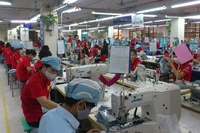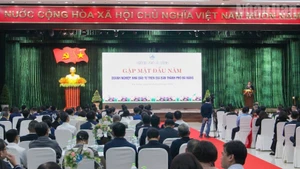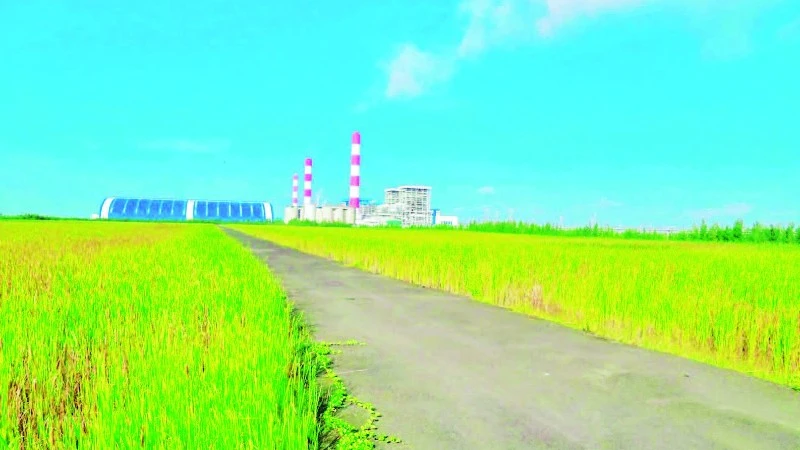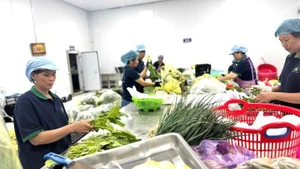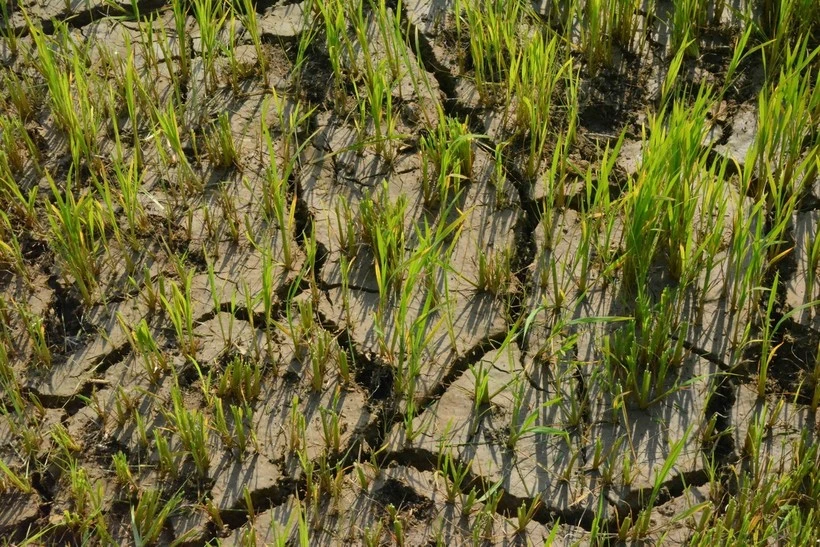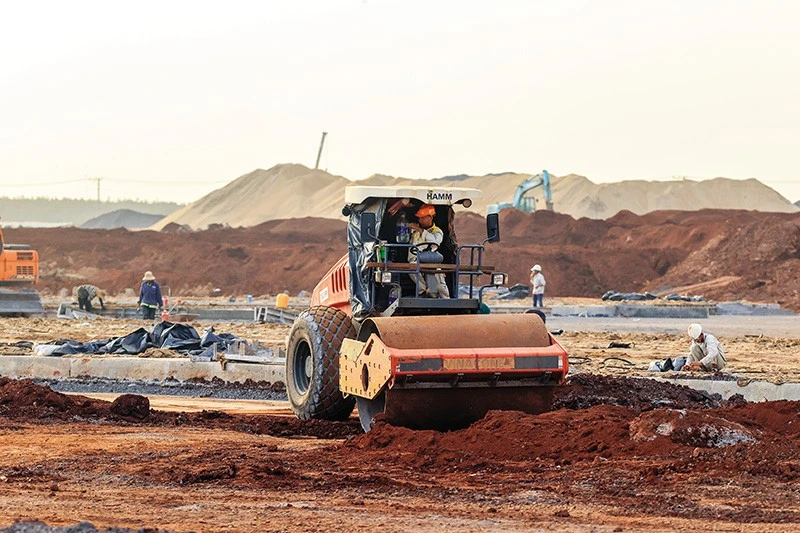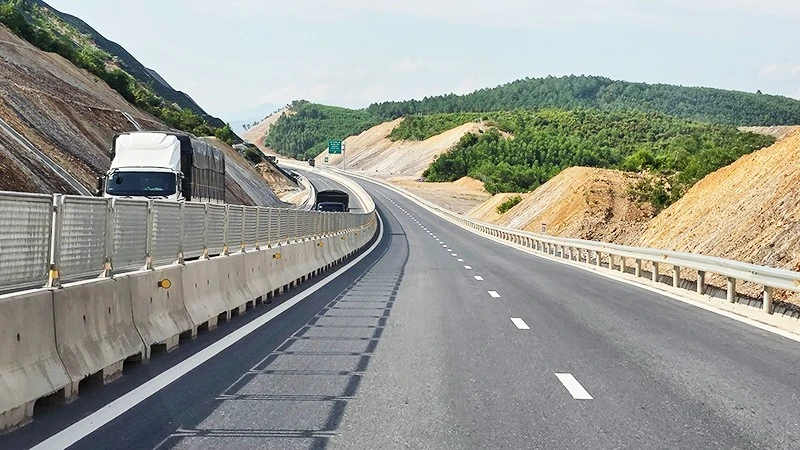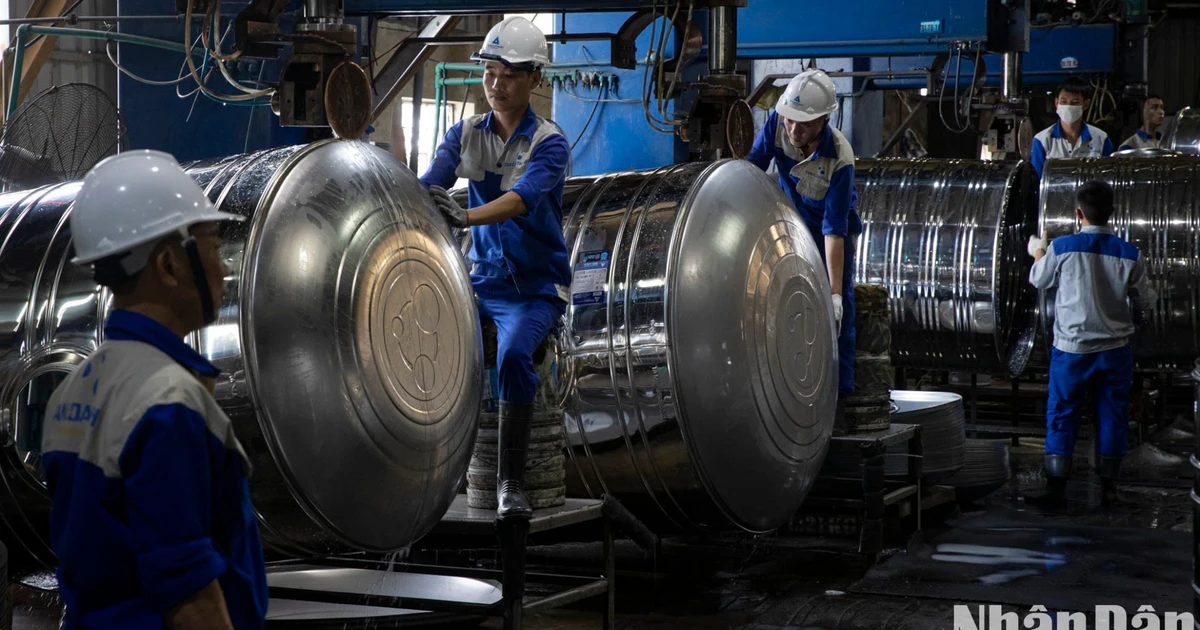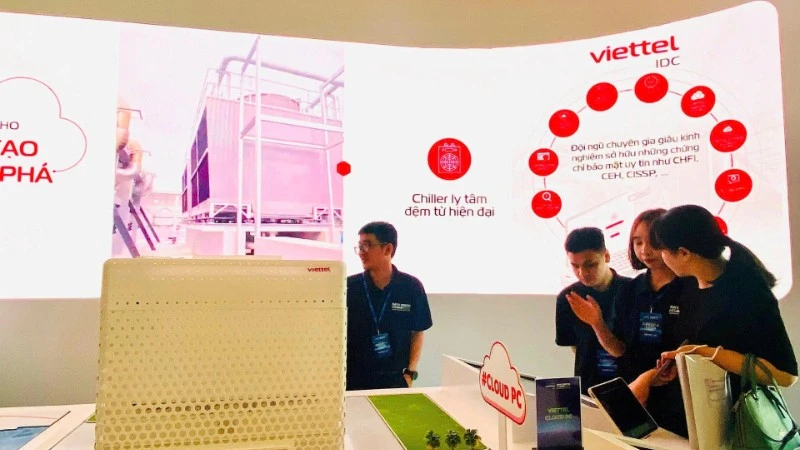Vietnam is identified as a destination of great interest to the world’s fashion industry, especially amid the trend of green and circular manufacturing. However, the diversity of raw materials remains limited domestically, which is reducing the sector’s competitiveness.
Sustainable development
Greening is a trend whereby manufacturers and consumers are more conscious of their responsibility to protect the environment and the Earth. Greening requirements are being manifested in tax policies as well as policies on producers, consumers and emissions, where regulators will place responsibility on manufacturers and consumers by levying tax on the amount of consumer goods at the source of production and distribution channels.
The new taxes will result in higher prices while new requirements on social responsibility for reducing carbon emissions, using clean technologies and the shaping of new consumer habits can lead to a reduction in consumer goods. Thus, the requirements on product quality, lifespan, and circularity, which are shifting from non-financial barriers to financial barriers, will be the main trend of the fashion goods market in the coming time.
According to Vu Duc Giang, Chairman of VITAS, which represents garment makers in Vietnam, greening and sustainable development are competitive factors that major markets such as the US, EU and Japan are requiring from suppliers, in addition to those on prices, quality and delivery times. For example, garment products for the European market must be made from cotton fibres, polyester fibres mixed with recycled fibres from natural products, discarded products, or surplus garment products. In general, large importers are focusing on environmental, social and governance (ESG) indicators and Leadership in Energy and Environmental Design (LEED) standards, where supplies with advantages in these requirements will be more competitive and have more orders.
Vietnam’s garment industry has set an export target of 44 billion USD in 2024, up 9.2% from 2023. To realise this target, the sector will shift its focus from rapid growth to sustainable development and circular production from now until 2030. During the 2031-2035 period, the garment sector will target effective and sustainable development in the circular business model, fine-tuning the domestic value chain, and participating in higher stages in the global supply chain. The sector also aims to develop their own brands for export and domestic consumption.
Giang stressed that the main solution will be investing in sustainable development, science-technology, and human resources through attracting high-technology products into industrial parks and manufacturing new materials of natural origin.
From a corporate point of view, Than Duc Viet, General Director of the Garment 10 Corporation, stated that the company has been working towards greening for about six years by investing in energy-efficient equipment, renewable energy such as rooftop solar power, and switching from coal-fired steam boilers to electrically-heated ones to reduce emissions. Furthermore, Garment 10 is focusing on high-quality human resources and technology to digitalise its production, secure small orders but that require complex structures, high quality, and fast delivery times to take advantage of all opportunities to seize the domestic and foreign markets.
Removing "bottlenecks"
The textile industry has grown very rapidly in recent years due to the needs of the world market. The number of products increased, especially fast fashion lines with many new designs attracting young people.
However, the trend of green fashion textiles requires products to become more durable, thus requiring less quantity, which will certainly put pressure on businesses as the number of production orders will not be as large as today. Units will face difficulties when they have a large production scale but not many orders. Therefore, businesses need to rebalance capacity, improve quality, as well as proactively source raw materials for production.
According to Chairman of the Board of Directors of Vietnam National Textile and Garment Group (Vinatex) Le Tien Truong shared that although Vietnam's main export industry, the diversity of domestic raw material sources is still limited, reducing the industry's competitiveness. To remove this bottleneck, it is necessary to focus on developing domestic sources of raw materials but following a green and circular trend, meeting stricter standards on origin determination, as well as additional taxes that may be applied in the near future such as EPR (extended producer responsibility) the EU's Carbon Border Adjustment Mechanism (CBAM).
Currently, domestic fabric production capacity can only meet 36% of demand; the market share of imported fabric is up to 64%. Thus, Vietnam needs a systematic strategy to diversify supply sources to ensure the maintenance of a sustainable textile and garment supply chain.
"Vietnam's textile and garment industry development thinking and strategy focuses on developing a complete textile and garment production chain on a large scale, investing in modern equipment, high automation, green and clean production, environmentally friendly, socially responsible. At the same time, it is necessary to participate more deeply in the global textile and garment supply chain, focusing on stages that bring high added value such as design, production of input materials, distribution, in order to gradually move to a higher position in the production chain. In addition, to meet demand of customers, businesses also proactively move towards production methods that bring higher added value, including proactive design activities and autonomy in raw materials that are the key factors," Le Tien Truong affirmed.
Dr. Hoang Xuan Hiep, Rector of Hanoi Textile and Garment Industry University, assessed that businesses that focus on investing in technology and green factories will certainly be heavily capital intensive, noting that up to 89.2 % of small and medium-sized enterprises that currently have less than 200 employees will be depleted of financial resources.
Therefore, the State needs to have support mechanisms and policies within the allowable scope of international integration commitments through tax policies or access to preferential credit sources with interest rates to help businesses invest and develop. At the same time, it is necessary to have policies to support training and fostering of human resources and scientific research to help form a complete textile and garment chain. In addition, it is necessary to have mechanisms and policies to support industrial clusters and zones with land and investment in fibre, weaving, and dyeing in order to create conditions for the industry to develop.
Proposing ideas to promote the development of the textile industry in the coming time, economic expert Can Van Luc said that the textile industry needs to solve problems to break through, including restructuring operations and controlling cash flow risk, interest rate risk, and exchange rate risk.
At the same time, it is necessary to proactively learn and access support programmes and packages, especially fiscal, tax, fee and credit support packages as well as diversify capital sources, markets, partners, and supply sources. It is also necessary to proactively produce green production, green consumption, and circular business and to Implement digital transformation strategy, in order to improve competitiveness and meet market requirements.
It can be seen that "greening" has become an inevitable trend, helping businesses improve competitiveness, bringing in many orders, however, it is necessary to approach calmly, scientifically, listen and closely follow the breath of market, of each major customer, so that the innovation process can be kept balanced within the enterprise.
This process must not create too many challenges in finance, technology, human resources, and the market at the same time, especially, after a difficult time due to the impact of the Covid-19 epidemic, the business's resources are very limited. When determining the appropriate method and direction, it will help businesses promote their strengths, maintain production stability, and gradually increase value in the global textile and garment chain.

